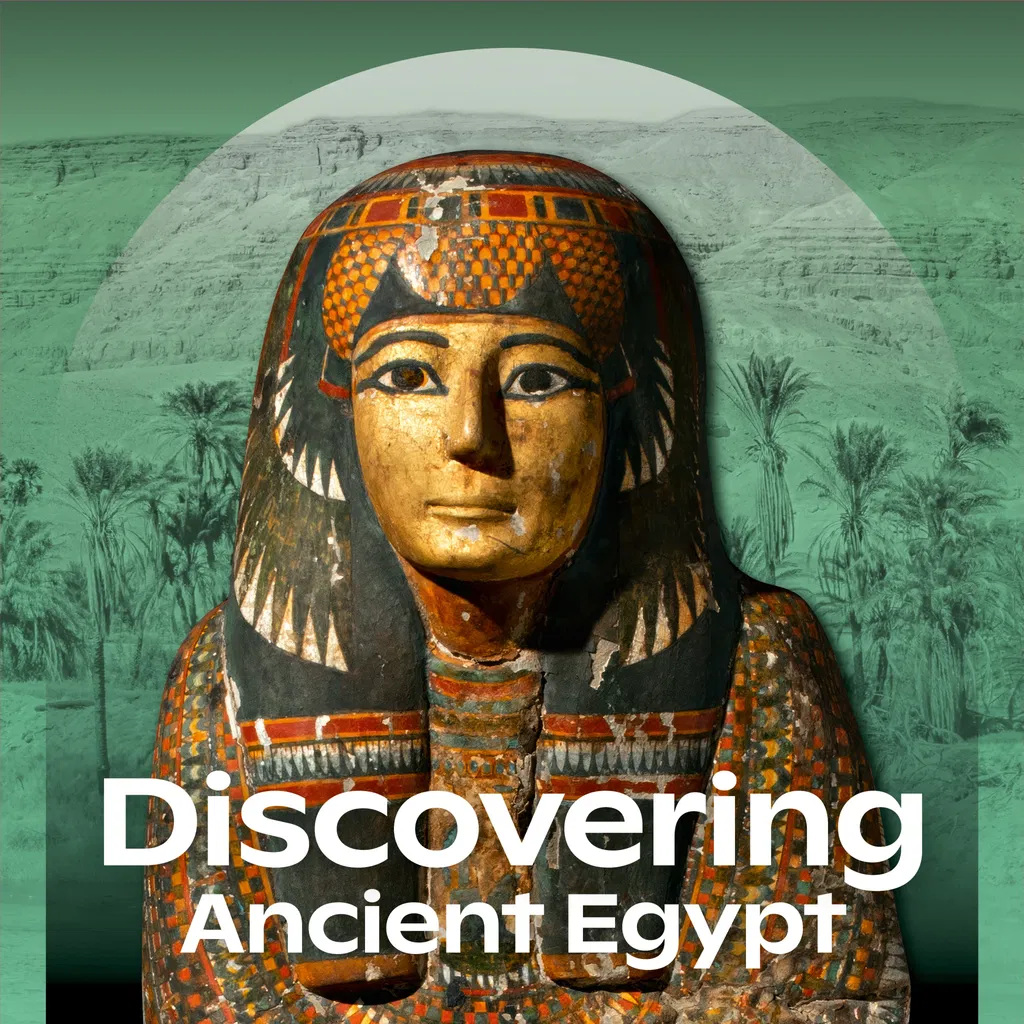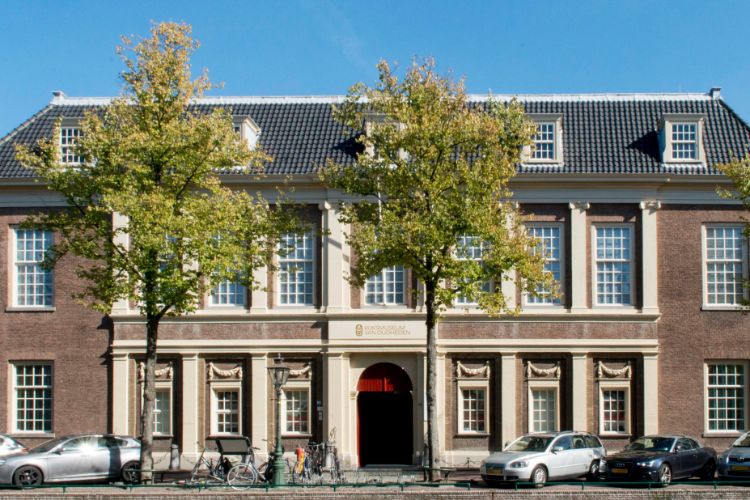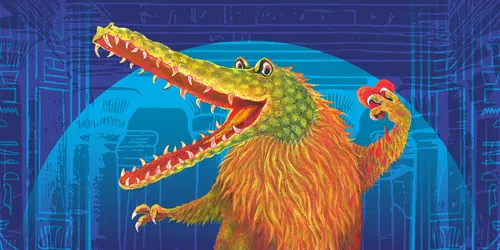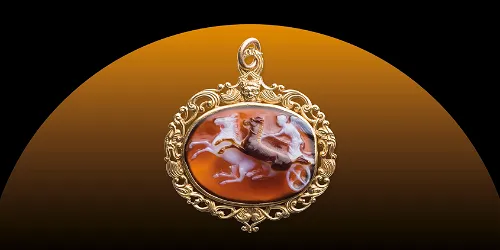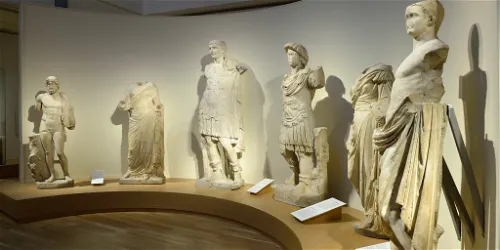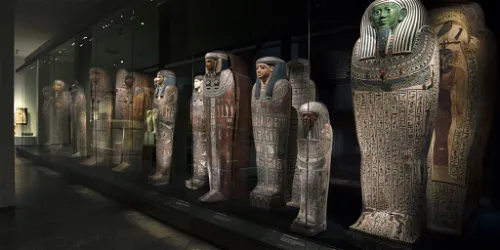Exhibition 'Discovering Ancient Egypt' in National Museum of Antiquities
Major exhibition featuring coffins, statues and golden jewellery
on display from 16 October 2025 to 15 March 2026
International blockbuster comes to Leiden
Discovering Ancient Egypt is coming to the Netherlands! Previously shown in twelve cities in Japan, South Korea and Australia, this touring exhibition has attracted more than 1.5 million visitors since 2020. Five years on, the exhibition is returning to the Netherlands and can be seen in Leiden until March 2026.
Coffins, statues and golden jewellery
Running like a thread through the exhibition story is the timeless fascination with ancient Egypt and the constant flow of new discoveries and research. The exhibition features almost five hundred objects, including a considerable number of coffins, impressive statues, gold jewellery, colourful papyri, animal mummies and unique manuscripts.
Burial gifts reunited
Discovering Ancient Egypt tells the dazzling story of the life, religion and culture of the ancient Egyptians. Many of the objects are from the museum’s own collection and have travelled around the world: for years, they could only be seen in well-attended exhibitions in Asia and Australia. Highlights include the golden burial gifts from the tomb of General Djehuti. After they were discovered, they were scattered across several European museums. But now, for the first time in two hundred years, the objects from the collections of the Musée du Louvre and the National Museum of Antiquities have been reunited.
Wonder through the ages
Thousands of years ago, the Egyptians already viewed the culture of their predecessors with reverence and wonder. Centuries later, Arab scholars from the Middle East showed a great interest, followed by adventurers and collectors in the nineteenth century. That is why you can see one of the oldest maps of Egypt in the exhibition, as well as extremely rare Arabic manuscripts and early Islamic hieroglyphic studies. The garments, drawings and watercolours of nineteenth-century travellers such as Alexine Tinne and Willem de Famars Testas offer a personal perspective on the appeal of ancient Egypt for Europeans.
Private lives and animal mummies
Discovering Ancient Egypt then turns to the ancient Egyptians themselves. Objects from their private lives shed light on their surroundings and ideas, daily lives and beliefs. They include amulets, luxurious jewellery, musical instruments, woven reed sandals, and a box of games with a formula that wishes its owner good luck. There is also a special collection of animal mummies. X-rays and CT scans were used to study them down to the last detail, sometimes with remarkable discoveries: a large crocodile mummy turned out to contain not one, but two young crocodiles, packed together with dozens of baby crocodiles.
The underworld and restored coffins
The last part of the exhibition is about the afterlife in Egypt. An impressive display features different painted coffins, including a complete set of four matching coffins. There are all of the ‘necessities’ for the deceased, such as memorial statues, sheets of papyrus with magical spells and amulets. Some of these coffins were recently restored. The restoration was preceded by scientific research and infrared and UV photography; this revealed how they had been made thousands of years ago, and which pigments were used at the time to create the vibrant colours.
